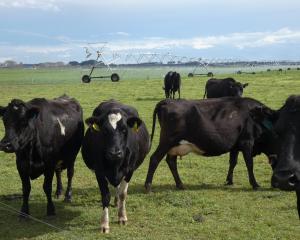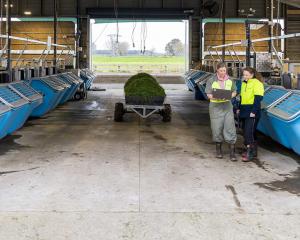
ASB has trimmed its 2018-19 forecast by 25c to $6 while ANZ has revised its forecast from $6.40 to $6.10.
From a start of a $7 payout per kilogram of milk solids, Fonterra had already downgraded its payout forecast twice to the current $6.25-$6.50 prediction.
ASB senior rural economist Nathan Penny said the New Zealand production strength was proving too much for global markets to absorb.
Fortunately, production was relatively soft in the EU, the United States and Australia. However, given New Zealand’s large share of global dairy exports — particularly whole milk powder and butter — the mini glut in production was leading prices lower.
In net income terms, the higher production was not enough to offset the lower milk price and the bank estimated forecast farmer incomes were about $370million lower as a result of the forecast changes.
There were risks production could go even higher this season given the current production momentum, Mr Penny said.
There was also an increasing chance of an El Nino weather pattern this summer and the associated dry conditions could crimp production later in the season.
If production growth did exceed expectations, then dairy prices would come under further pressure. Season-to-date production was running more than 6% ahead of the corresponding time last season and, with growing conditions still favourable, production strength was expected to continue over the remainder of the year.
ASB had also lifted its 2018-19 production growth forecast from 4% to 5% which meant the season should set a new production record.
An update from ANZ said next season’s milk price was expected to be slightly stronger than this season, assuming some recovery in dairy commodity prices and a weaker New Zealand dollar.
The majority of the improvement in income was expected to be offset by higher farm working expenses.
Milk supply in the northern hemisphere was easing and farmers in the US and Europe were no longer expanding as returns did not support growth.
Feed was in short supply in Europe and expensive, reflecting less forage harvested earlier this year due to drought.
At some point during the next few months, markets should tip back in favour of suppliers but the exceptionally good start to the New Zealand production season was delaying that recovery, the report said.
Global demand was robust but, as usual, highly dependent on China, the world’s largest importer of dairy commodities. The evident slowing of China’s economy was yet to manifest in weaker demand.














